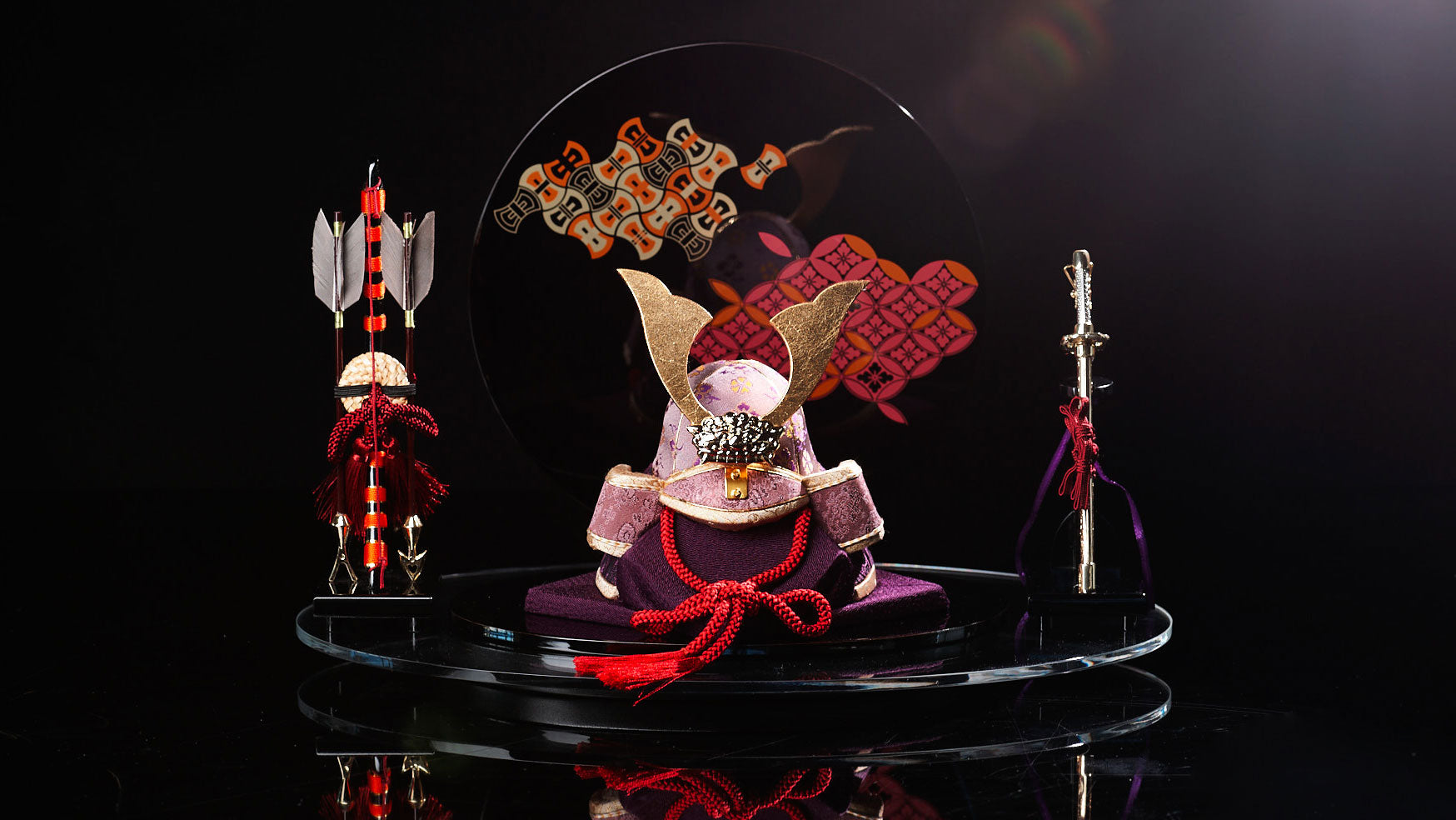
An Interview with Kakinuma Toko: Shaping the Future of Edo Kimekomi Dolls
Written by Team MUSUBI
Musubi Kiln is pleased to present a new collection from Kakinuma Ningyo, following their kimekomi daruma dolls and maneki neko figurines—this time, a series of hina dolls and decorative kabuto (samurai helmets). We had the opportunity to speak with Kakinuma Masashi (also known as Kakinuma Toko), the second-generation master of Kakinuma Ningyo, about his approach to crafting seasonal dolls and the thoughts behind his work. Recognized as a Traditional Craftsman, he began producing his inventive maneki neko around 1995, earning numerous accolades for his inventive approach to doll making.
Table of contents
Born into the World of Doll Making

Founded in 1950, Kakinuma Ningyo traces its origins to a family workshop that specialized in wooden crafts. Kakinuma grew up observing his parents manage their store and recalls how he frequently played around with the unfinished dolls. “When completing a doll, we insert the head into a hollow body,” he explains. “As a child, I used to sneak little notes inside—‘Please don’t break the doll!’—just for fun.”


After a mischievous childhood, he decided to follow this path right after graduating from university. In consultation with his father, he ended up working at a wholesale shop in Asakusabashi. “We felt that, although we could handle production in-house, I should gain broader insight into the larger system and other products on the market,” he notes.


Upon returning to Kakinuma Ningyo, he immersed himself in training under his father, focusing on perfecting the technique of preparing toso—a mixture of powdered paulownia wood and glue used to form the doll’s core by pressing it into a mold. Edo Kimekomi dolls are designated as a National Traditional Craft of Japan and must adhere to time-honored materials and methods. Even with modern advancements, Kakinuma affirms, “This aspect has remained unchanged,” emphasizing that the process still requires great care. Indeed, during our visit to the workshop, we observed several doll bodies that had collapsed while drying—a vivid reminder of the precision involved.
Breathing Life into Tradition: Modern Edo Kimekomi

While preserving its heritage techniques, Kakinuma Ningyo has experienced two significant turning points. The first was the introduction of division of labor.

During the era of the first-generation master, every step of production was handled on-site. Artisans determined the size of each doll individually, and all accessories were fashioned in-house. Kakinuma reflects, “At that time, each artisan used personal expertise and creativity to determine product specifications. However, as production needs grew, we gradually segmented the work according to specialized skills. This increased our number of artisans from just two or three to over ten.”

The second major change involved offering set products. Previously, doll makers supplied only the dolls, but wholesalers began requesting complete packages, including all accompanying accessories.

The meticulous attention to detail seen in the set items is also vividly reflected in each of the hina dolls and kabuto featured in Musubi Kiln. One example, Houki Kabuto Samurai Helmet Ornament, achieves a dignified presence by incorporating several traditional crafts: Nishijin Ori brocade, Kyo Kumihimo braided cords, Kanazawa Gold Leaf, Kanuma Kumiko latticework, Akita cedar weave, and Kishu Lacquerware. The wooden display box is deliberately left unpainted to showcase the natural wood grain, creating a contemporary aesthetic that suits modern interiors. This project was realized with product designer Onuma Atsushi, whose innovative ideas and designs, according to Kakinuma, serve as a constant source of inspiration.
“In my early days at the company, we only brought dolls when reaching out to wholesalers,” Kakinuma explains. “However, they often mentioned the need for coordinating parts, which made single dolls less marketable. In response, we started designing and presenting not only the dolls but complete sets that included accompanying accessories in a unified package. Once we took this comprehensive approach, negotiations proceeded far more smoothly.”

Seasonal Dolls Preserving Japan’s Cultural Landscapes
Striking a balance between tradition and innovation, Kakinuma Ningyo continuously explores new possibilities for seasonal dolls. Of particular note is Kakinuma’s deep commitment to “bringing as many traditional crafts into the world as possible.”

“Japanese traditional crafts were developed from everyday life, so they should naturally appeal to a wide audience. Even with kabuto, if the design is overly unconventional, opinions may be divided. Some kabuto are inspired by famous warlords, but since these helmets symbolize hopes for children’s healthy growth, it is crucial to choose a figure whose historical significance truly aligns with celebration,” he comments.

In Japan, seasonal displays such as hina dolls, Boy’s Day dolls, and kabuto are commonly placed in living rooms or other prominent locations in the home.
“They are generally on display for only about two months a year. Yet within that limited time, I want people to savor the changing seasons. When they are packed away, you can look forward to bringing them out again the following year, creating a special sense of anticipation. We are grateful when our customers cherish this custom,” Kakinuma says.

Even though family dynamics and living environments may change, the joy of celebrating these traditions and sharing that pleasure with loved ones remains constant. Kakinuma Toko upholds this timeless spirit by continuing to craft dolls that embody both heritage and contemporary life, thus preserving and weaving tradition into modern society.








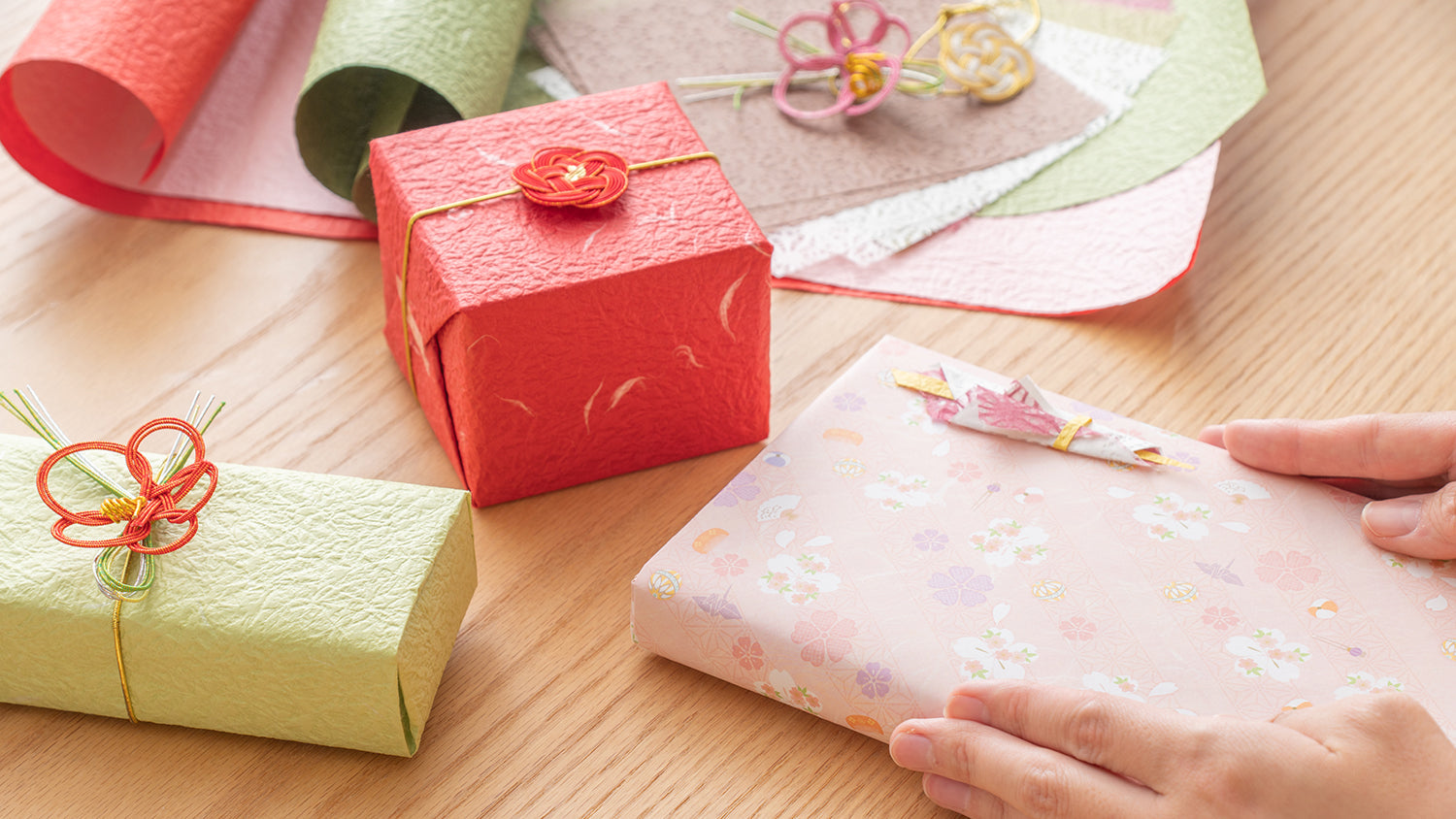

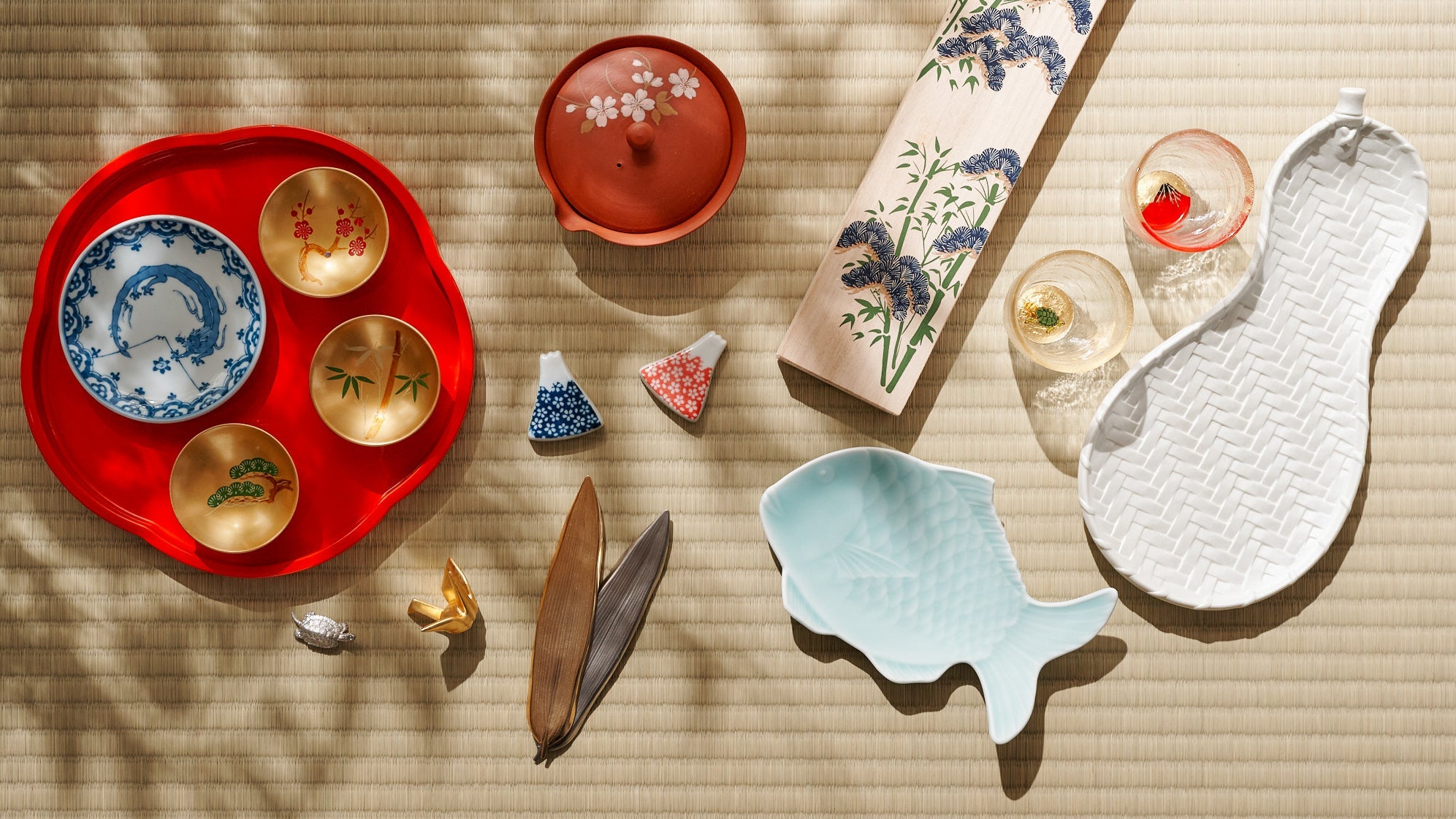
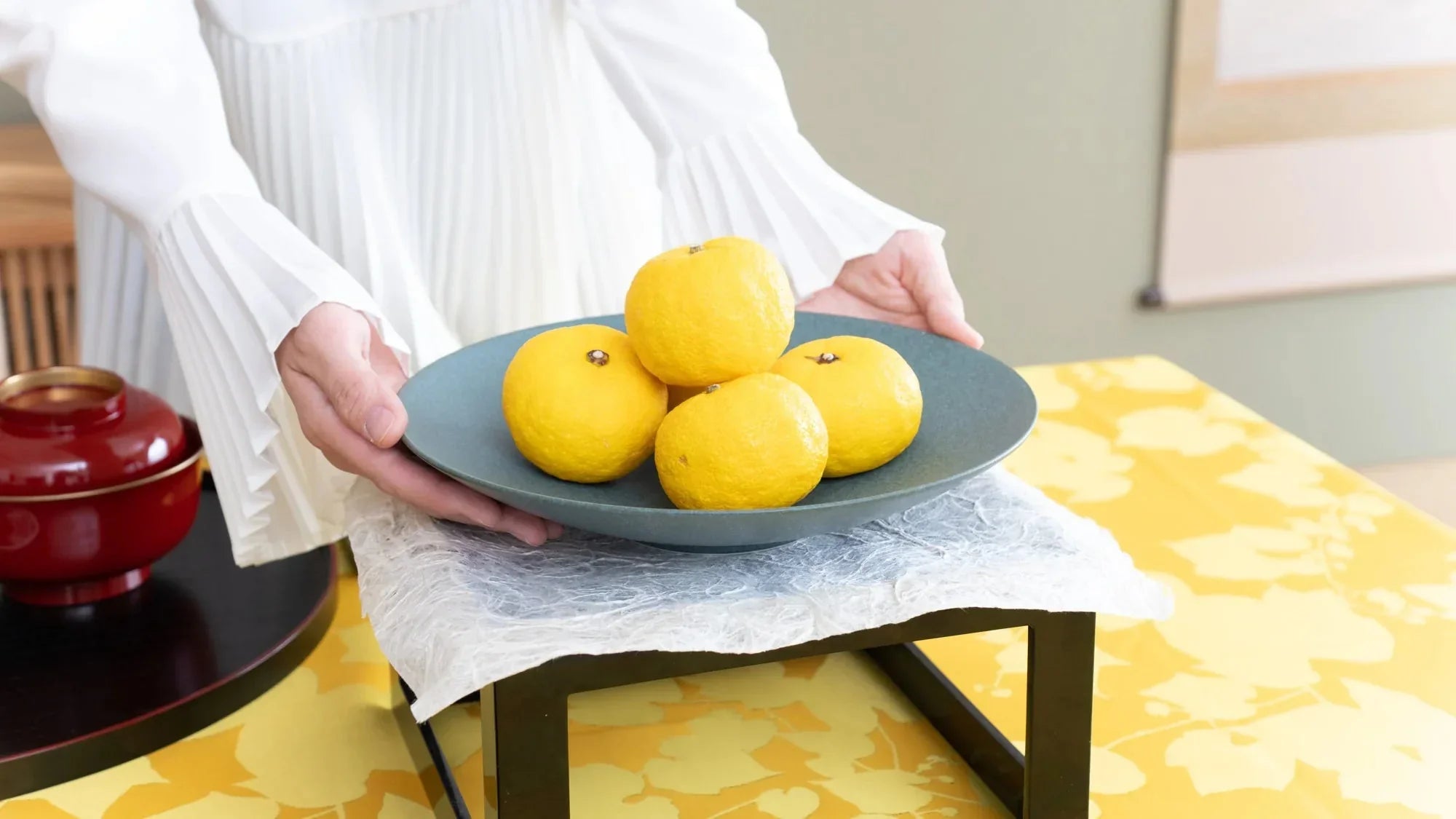
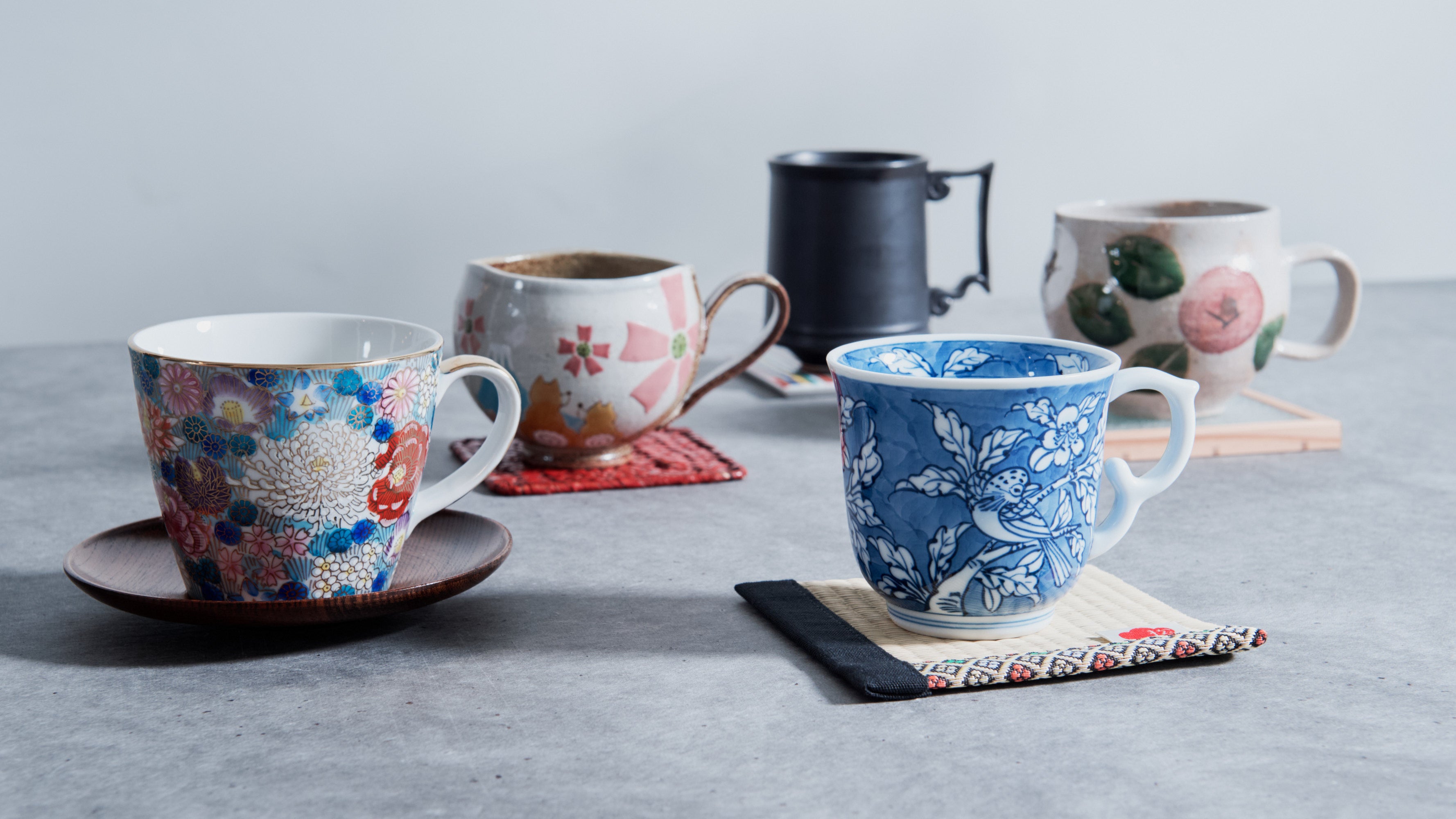
Leave a comment
This site is protected by hCaptcha and the hCaptcha Privacy Policy and Terms of Service apply.